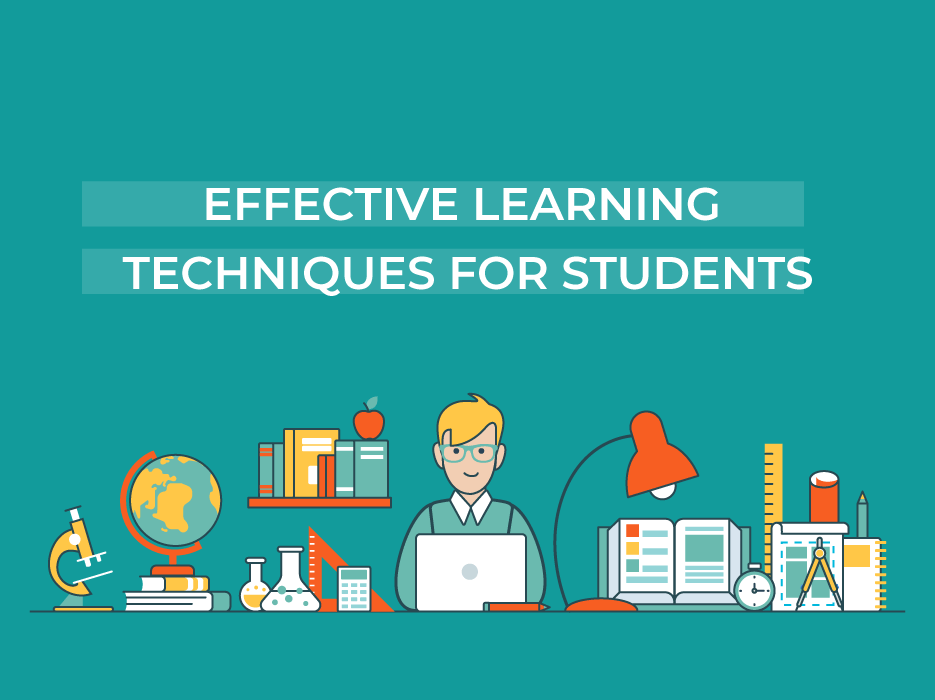Effective Learning Techniques for Students: Hopeful Directions from Cognitive and Educational Psychology
August 09, 2023
An educational system that some think is in trouble is leaving many students behind. The use of effective learning techniques can help students better regulate their learning, which is part of the solution to improving educational outcomes, according to the central premise of this monograph. Fortunately, educational and cognitive psychologists have been creating and testing simple learning methods that might aid students in achieving their learning objectives. In this monograph, we provide recommendations regarding the relative usefulness of 10 learning techniques and a detailed discussion of each one. We chose methods that should be simple to use and thus appeal to a large number of students. Additionally, some strategies (like highlighting and rereading) were chosen because students claimed to heavily rely on them, which makes it all the more crucial to assess how effective they are. Elaborative interrogation, self-explanation, summarizing, underlining, the keyword mnemonic, using imagery to learn a text, rereading, practice testing, distributed practice, and interleaved practice are some of the strategies used.
We examined whether the benefits of these techniques are consistent across four different categories of variables, including learning conditions, student characteristics, materials, and criterion tasks, in order to make recommendations regarding their relative usefulness. The term “learning conditions” refers to elements of the setting in which the technique is used, such as whether a student studies individually or in a group. The characteristics of students can include things like their age, aptitude, and level of prior knowledge. Materials range from straightforward ideas to complex scientific texts to mathematical problems. Different outcome measures that are pertinent to student achievement are included in criterion tasks, including those that test comprehension, problem-solving, and memory.
This monograph is rather lengthy because we tried to provide in-depth reviews of each technique. But the monograph was also written in a modular way to make it simple to use. Each review is divided into the following sections in particular:
- General description of the technique and why it should work
- How general are the effects of this technique?
– Learning conditions
– Student characteristics
– Materials
– Criterion tasks - Effects in representative educational contexts
- Issues for implementation
- Overall assessment
Summarization, highlighting, the keyword mnemonic, using imagery to learn texts, and rereading were all given low utility ratings. There are many reasons why these methods were deemed to be of low utility. Summarization and the use of imagery for text learning have been shown to benefit some students on some criterion tasks, but there is still much to learn about these strategies’ overall efficacy and the circumstances in which they are most effective. The keyword mnemonic appears to help students with a small number of materials and for brief retention intervals, but it can be challenging to use in some contexts. Although the majority of students claim to be rereading and underlining, these strategies do not always improve students’ performance, so alternative strategies should be used in their place (for example, practice tests).
In addition to highlighting which learning strategies are most likely to have effects that can be generalized, we hope that this monograph will encourage researchers to keep looking into the most promising strategies. As a result, we address some concerns about how instructors and students might use these strategies in our concluding remarks and highlight potential research directions.

